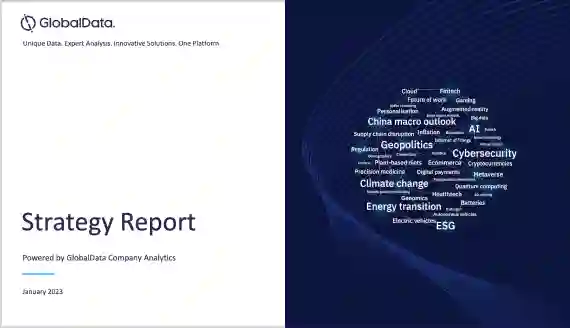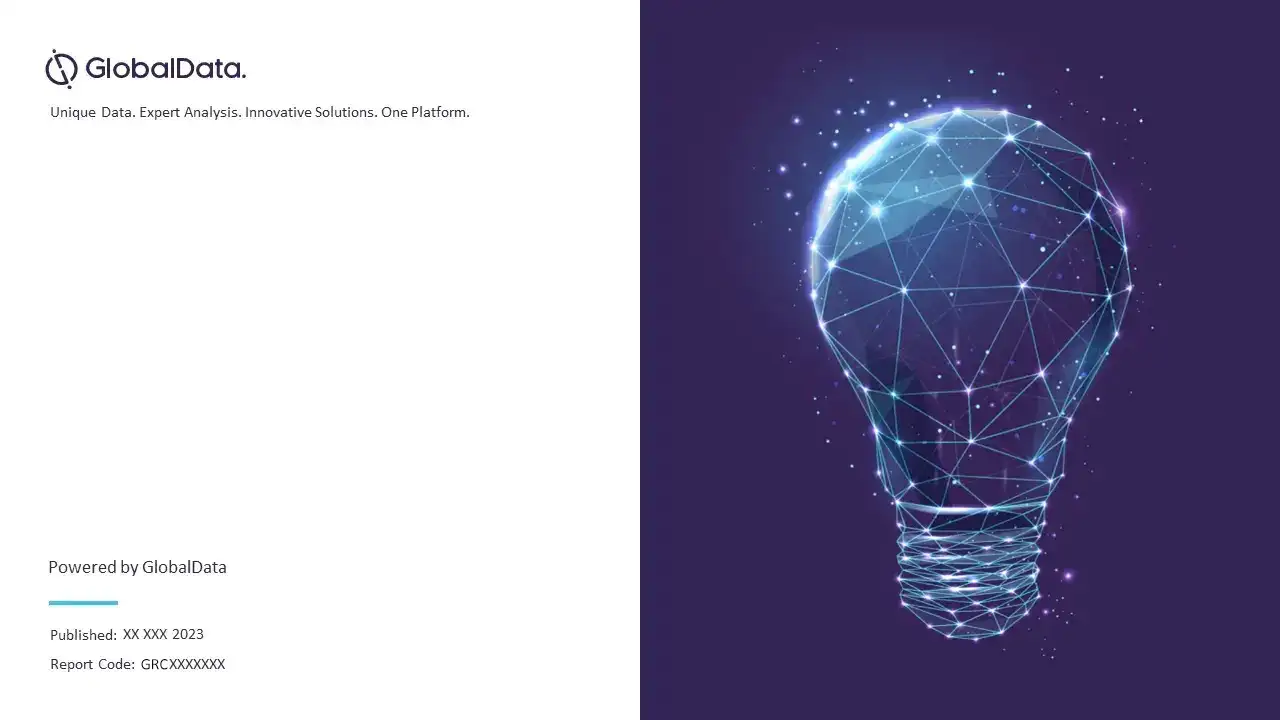Internet of Military Things – Thematic Research
Powered by ![]()
All the vital news, analysis, and commentary curated by our industry experts.
The Internet of Military Things, or IoMT, uses multiple sensors deployed across various domains to acquire full situational awareness and control over diverse conflict zones and battle areas. Advanced military forces have invested in command, control, communications, computers, intelligence, surveillance, and reconnaissance (C4ISR) systems and infrastructure to collect, analyze, and disseminate data. C4ISR systems provide situational awareness. Command and control systems (C2) allow those connected to communicate and share information. IoMT works to bring all this information together into a single ecosystem.
Information always has been, and always will be, at the center of warfare. Real-time information sharing between military sectors is one of the most important aspects involved in managing wars. This is especially true when the information type is critical and when timely knowledge will resolve critical situations. IoMT networks can increase situational awareness, response time, and risk assessment. Pervasive IoMT rollout will require an operating system (OS) for warfare.
For more insights on the Internet of Military Things theme, download a free report sample
What are the market dynamics of internet of military things?
There is a trend towards joint warfare, which prioritizes the integration of various service branches of a state’s armed forces into one unified command. Such joint warfare combines arms on large scales, including army, navy, air, and special forces working together in joint operations. Here IoMT presents both challenges and opportunities.
The increasing ability to connect scattered systems and networks into a large integrated network will revolutionize warfare. Advanced military forces are investing in C4ISR systems and infrastructure to analyze and disseminate data. IoMT is much grander in scale than currently available interconnected command and control (C2) systems and platforms. IoMT can therefore provide a much wider network and game-changing capabilities. Successful IoMT deployments take C4ISR processes to a higher level by exploiting large volumes of collected data for optimized decision-making.
While IoMT applications offer long-term savings, militaries are often unwilling to invest because of the large upfront investments and budget constraints. Militaries should view IoMT as a force multiplier. IoMT facilitates the collection and analysis of increasingly complex data at speeds faster than achievable by humans. When coupled with increased automation, this can reduce human error, deliver more precise and efficient military capabilities, and reduce personnel costs.
Sensors on IoMT devices that collect data will form part of the data deluge. However, connected devices will be able to analyze and disseminate data automatically and promptly. This will provide actionable insights, which can be linked to automatic actions and outputs. Rather than sending all information through one command post, IoMT will ensure that the right data is in the right place at the right time. IoT can help address the challenge of COVID-19, and future biological outbreaks, in two ways. Firstly, biometric wearable devices and pinpoint systems can alert people of possible sickness early on. Secondly, IoT and wearable tech can prevent further spreading of the disease by providing proximity detection and contact tracing with infected individuals.
For more insights on the Internet of Military Things theme, download a free report sample
What are the challenges to IoMT adoption?
Connectivity: IoMT will consist of many mobile devices, including unmanned aerial vehicles (UAVs), aircraft, armored vehicles, and submarines. Connectivity between silos is critical, and forces will need functional and flexible end-to-end IT infrastructures.
Security and cybersecurity: Security challenges are a hindrance to the full-scale implementation of IoMT. All connected devices, both in the civilian and military domains, are vulnerable to attack. The rise of IoMT deployments means that forces will be simultaneously more connected and more vulnerable than ever before.
Interoperability and modularity: Interoperability and modularity will be key to successful IoMT integration into joint warfare. This is true not only for forces pertaining to a single nation but also for allies, who will use IoMT to facilitate information sharing and decision making across geographical borders.
Agility: The military and industry refer to agility as everything related to the soldier’s ability to move, position and reposition, and maneuver in any environment while maximizing weaponry capabilities. However, there are limits to the amount of equipment a soldier can carry.
Ethics and accountability: Full IoMT integration permits the removal of people from the OODA loop entirely. When killing is assigned to an autonomous-weapon system, it is unclear who or what is accountable for a person’s death. This ambiguity may permit violations of international humanitarian law and ultimately absolve aggressors for injustices.
Lack of suitable qualified and experienced personnel: Lack of suitably qualified and experienced personnel (SQEP) can hamper IoMT initiatives. People need the skills to implement and enable IoMT technologies and systems, analyze the data and insights available, and make informed and timely decisions.
For more insights on the Internet of Military Things theme, download a free report sample
What are the value chain segmentations of IoT?
According to Globaldata, the value chain for IoT into five layers: devices, connectivity, data, apps, and services. In the device layer, we find the makers of connected things, including sensors, embedded chips, and their components. IoMT connected devices may include large platforms such as planes, drones and ships, down to wearable technology on soldiers such as health monitoring systems, and other nodes in the deployable environment such as proximity sensors. It can also provide a direct link to logistics networks.
In the connectivity layer, providers of network connections are the key players, including major telecom operators and networking equipment vendors. We also find in this category makers of edge devices, which provide entry into the communications network. In the data layer, the information collected from connected things is stored, cleansed, integrated with other systems, and analyzed. The app layer provides consumers and enterprises the control systems they need to track and monitor connected devices. This layer is likely to become the most profitable segment of the IoT value chain.
IoT services have become a necessary addition to the IoT value chain over the last decade. In the enterprise IoT market, many IoT adopters lack the design, technical, integration, or data analysis skills to deliver a successful IoT implementation.
For more insights on the Internet of Military Things theme, download a free report sample
Who are the major specialist IoMT vendors?
The major specialist IoMT vendors include DXC Technology, Elbit Systems, Hanwha, L3Harris, Leonardo, Lockheed Martin and Northrop Grumman.
Market report scope
| Key companies | DXC Technology, Elbit Systems, Hanwha, L3Harris, Leonardo, Lockheed Martin and Northrop Grumman |
| Key value chain segments of IoT | Devices layer, connectivity layer, data layer, apps layer and services layer |
This report provides an overview of the IoMT market, outlines advances in technology and key programs, and discusses the challenges that forces will face when implementing IoMT programs. It provides:
- The key defense challenges that forces and defense sector suppliers face are covered.
- The investment opportunities, for forces, suppliers, and institutional investors, across the whole IoMT value chain are covered.
- Original equipment manufacturers (OEMs), prime contractors, Tier 1 & 2 subcontractors, Tier 3, 4, & 5 suppliers, and end-users (military forces) can implement technologies and services from across the entired Internet of things (IoT) value chain for gains: devices, connectivity, data, apps, and services are available and can act as a force multipler.
Elbit Systems
Hanwha
L3Harris
Leonardo
Lockheed Martin
Northrop Grumman
Palantir
Rafael
Raytheon
Rohde & Schwartz
Rostec
Thales
Alphabet (parent company of Google)
Amazon
Apple
Broadcom
Cisco
Ericsson
General Electric (GE)
IBM
Infineon
Intel
Microchip
Microsoft
NXP
Qualcomm
Salesforce
Samsung Electronics
SAP
Software AG
Splunk
Table of Contents
Frequently asked questions
-
What are the key value chain segments in IoT?
The IoT value chain is segmented into devices layer, connectivity layer, data layer, apps layer and services layer.
-
Who are the major specialist IoMT vendors?
The major specialist IoMT vendors include DXC Technology, Elbit Systems, Hanwha, L3Harris, Leonardo, Lockheed Martin and Northrop Grumman.
Get in touch to find out about multi-purchase discounts
reportstore@globaldata.com
Tel +44 20 7947 2745
Every customer’s requirement is unique. With over 220,000 construction projects tracked, we can create a tailored dataset for you based on the types of projects you are looking for. Please get in touch with your specific requirements and we can send you a quote.
Related reports
View more Aerospace and Defense reports










